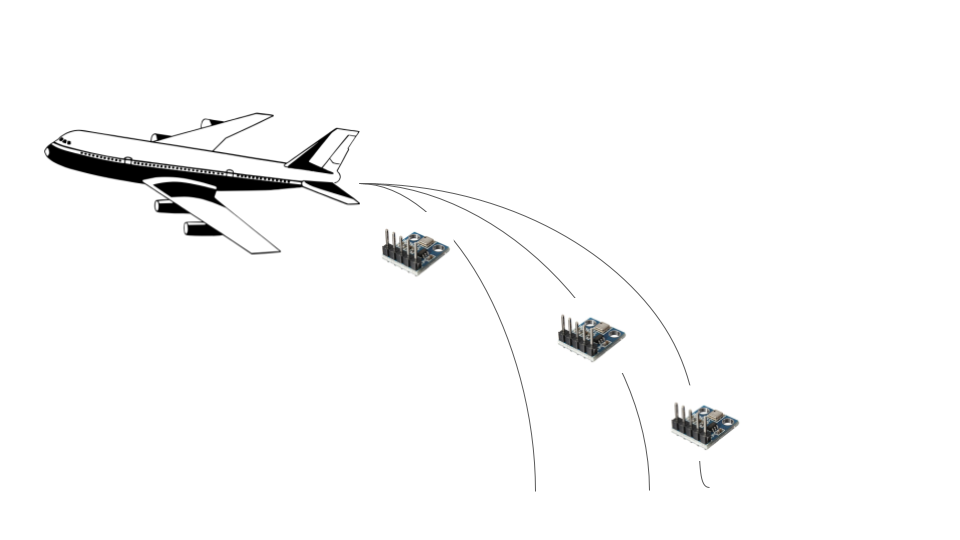Abstract
This project seeks to solve the problem of assessing external conditions during airborne operations in a cheap, disposable manner. By loading up sensors on a small raspberry pi, we can create beacons which can be dropped in advance of operators to transmit environmental information and build a picture of what the wind is like beneath the plane. By focusing on this line of effort (vs. a more expensive and permanent solution), we create a product which is flexible to mission considerations and easy to mass-produce.
Problem Statement
Information about environmental conditions between the aircraft and the ground is hard to collect and ever-changing. There needs to be a way that we can accurately collect and then compile that information in order to inform the airborne operator about the conditions they will experience during their jump. Such information will make airborne operations safer and more efficient.
Proposal
We propose to tackle this problem by loading a raspberry pi (a small, cheap computer) with various atmospheric sensors, a short-term battery, and some kind of transmitter.
These computers can then be dropped out of the aircraft at regular intervals in advance of a scheduled jump. On their way down, they will collect real-time information about their surroundings and transmit it back to a central computer sitting on-board the aircraft. This computer will synthesize these data streams to build a better picture of the kinds of conditions beneath the plane (like wind speed and direction).
Even the impact of these computers on the ground can be used to assess certain elevations directly beneath the plane, like the height of waves or hard land. We propose this system with the intent to make it cheap enough that dropping them out of a plane is of little consequence, and many can be dropped for any given operation. Relying on such a generic architecture allows us to be flexible with what sensors we do and do not equip our pi with, meaning that this solution can be easily adapted to whatever mission constraints there may be.
Challenges and Unknowns
The biggest challenge we see right now is testing. We can simulate data streams for demonstration purposes, but gaining access to conditions similar to what one might expect jumping out of an airplane at high-altitudes is a different story. This is obviously a more long-term consideration pending product development, but it is an important one.
Finding out more specifics about the kinds of information users would like to see, and if they have any preferences as to how that information is displayed (through an ATAK plugin, as a standalone device, etc.) is also a more reasonable challenge to tackle in the short term that will influence our design choices.

 OUSD Research and Engineering
OUSD Research and Engineering  West Point
West Point